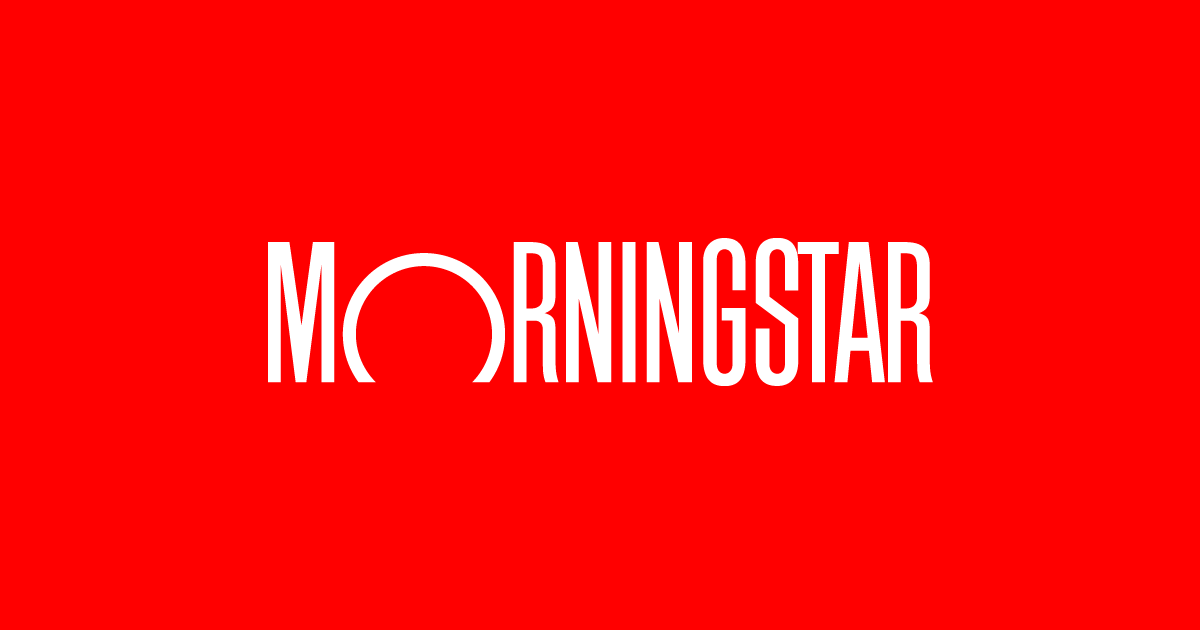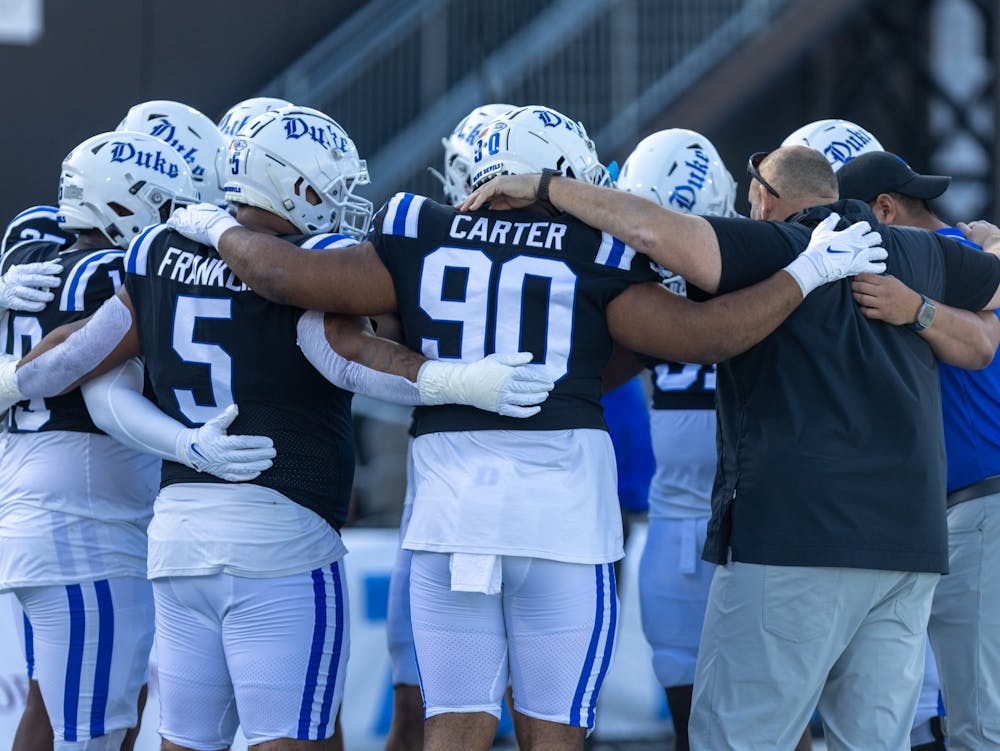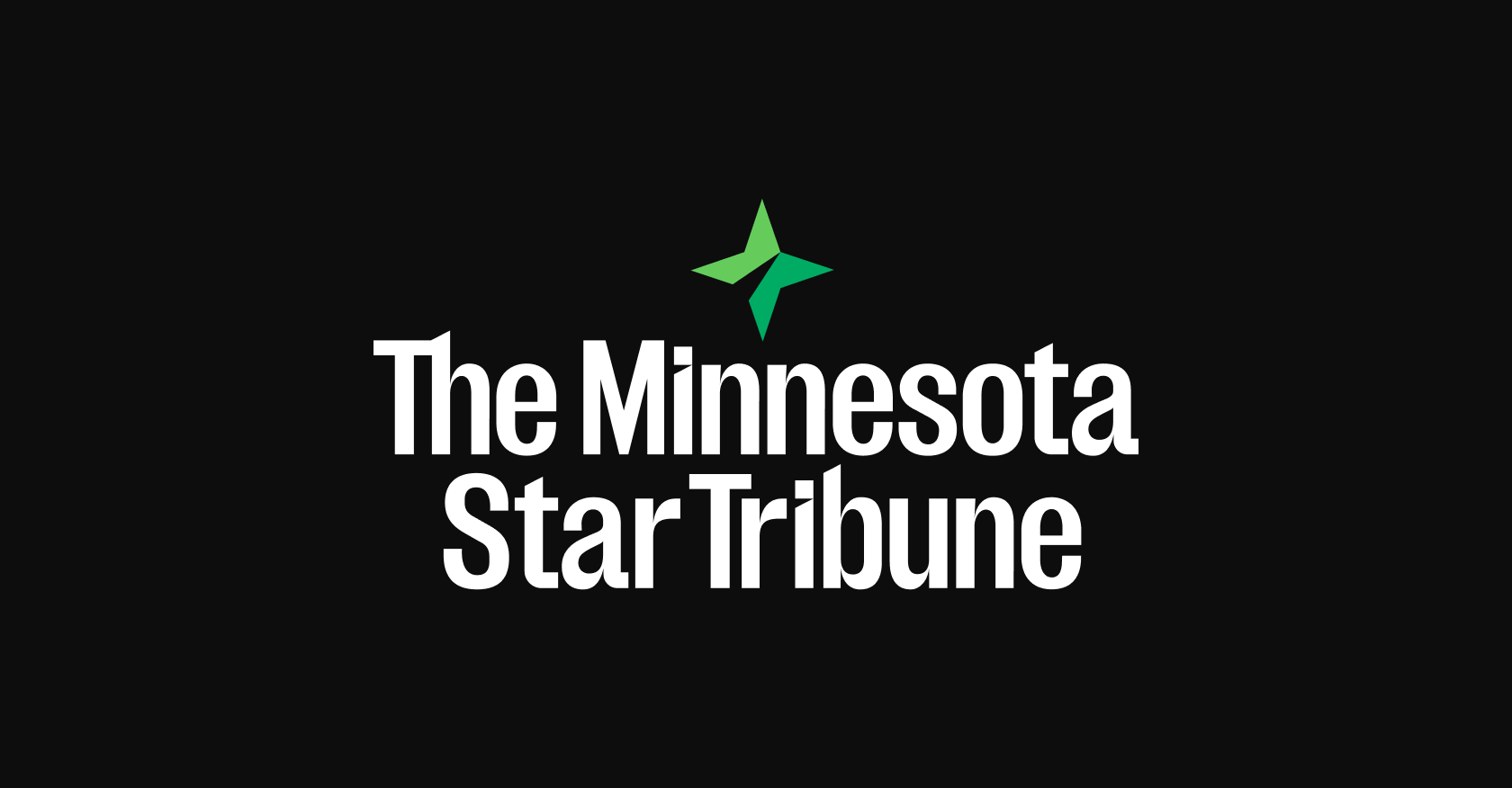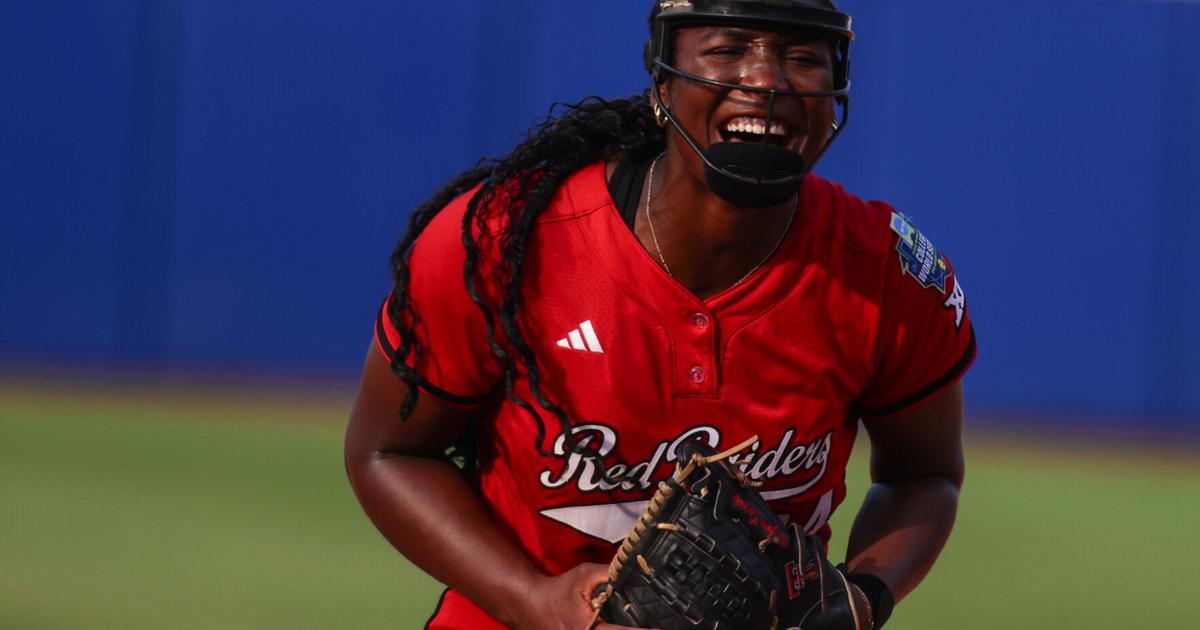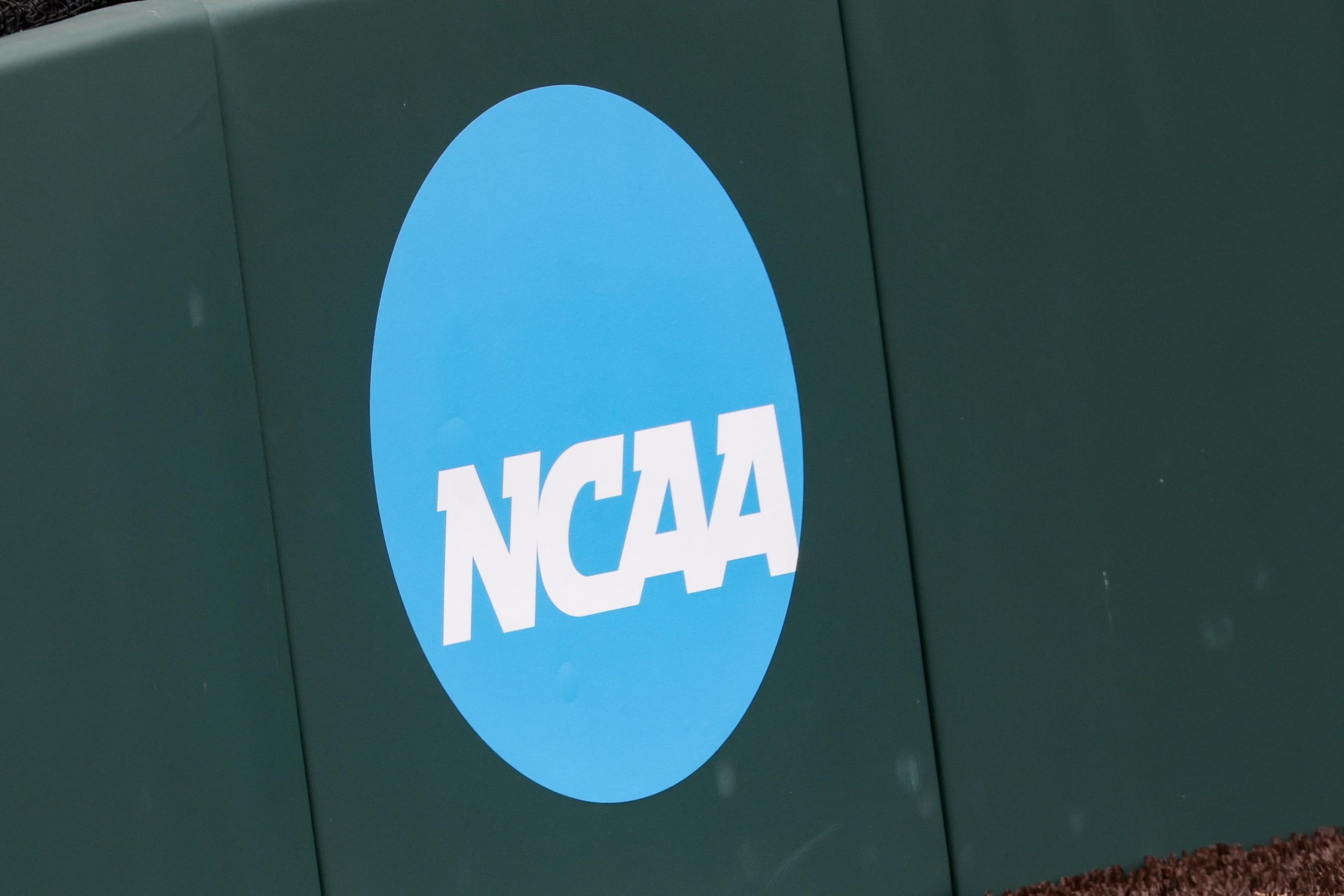Judge Claudia Wilken has finalized the consequential settlement that will fundamentally change college sports.
More than a year after the two sides in the House v. NCAA case voted to settle, Wilken approved the revised terms Friday evening. Schools will be able to directly pay players from their athletic department budgets for the 2025-26 school year, also known as revenue sharing.
Ever since student-athletes began profiting off their name, image and likeness (NIL) in 2021, the sport has faced a roller coaster of litigation and uncertainty. NIL money has already transformed college sports, and this approval further revolutionizes the relationship between athletes and schools. Athletes can now earn financial benefits for their performance in three ways: scholarships, NIL deals and revenue sharing.
Duke athletics did not immediately respond to The Chronicle’s request for comment on the settlement.
House v. NCAA settlement details
The settlement resolves three antitrust cases against the NCAA. Former Duke football captain DeWayne Carter is one of three plaintiffs in Carter v. NCAA, and former Arizona State swimmer Grant House is the namesake plaintiff in the main case.
The athletes argued that the NCAA, through control of TV markets and NIL, was illegally limiting their true playing value, which they said was more than scholarships and education funding. The NCAA and power conferences — ACC, SEC, Big Ten, Big 12 and Pac 12 — settled with the plaintiffs in May 2024.
The two main parts of the settlement are payments to past players and a framework for paying those of the future. More than 88,000 former student-athletes have filed claims for the back-pay portion of the case, with $2.8 billion from the NCAA and power conferences intended to compensate players from 2016-21 who were not able to profit off of their name, image and likeness.
The second and more consequential part of the settlement, revenue sharing, allows schools to use their athletic department budgets to directly pay players. Currently, schools can only work with collectives, independent booster-funded organizations that raise money from the respective team’s fans and corporations. Collective money pays players, not the schools.
But now that the settlement is officially approved, schools can use up to roughly $20.5 million of their TV revenue, ticket sales and merchandise, among other things, to directly pay student-athletes. That number is equivalent to 22% of the average power conference school’s athletic department revenue. It will also increase over the next 10 years and will likely eclipse $30 million by the 2034-35 season. For Duke’s last reported athletics year of 2023-24, the total revenue figure was $166.8 million, the 28th-highest in the nation.
A good comparison to understand revenue sharing is professional sports leagues’ salary cap. For instance, the NBA’s salary cap in the 2024-25 season was roughly $140.6 million. It bars teams from spending over this amount (although in the NBA, teams can pay luxury taxes and have exceptions to work around the figure). The revenue-sharing structure will be in the same format; teams get the roughly $20.5 million amount to pay out, but they are limited to that cap, and can choose to pay the full amount or less.
“I think that all we’re looking for is consistency, and not [the guidance] changing every week, or every two weeks, or every month,” said Terrell Smith, Duke’s assistant director of athletics and NIL strategy, prior to the approval. “We will know … how we need to operate, at least for the next year.”
He underscored the stability the case provides and the importance of guidance, because at the end of the day, the majority of the athletic departments are trying to play by the rules and navigate the ever-changing landscape.
“You have to play the card that you were dealt,” Smith said. “But if after every time you put a card down, you’ve got to reshuffle the deck and play again, it’s like the game is never over.”
Athletic departments will face tough conversations around how to fund their vast array of varsity sports, especially the “non-revenue sports,” those excluding football and basketball. In the latest Equity in Athletics Disclosure Act report, more than 70% of Duke’s athletic department revenues came from football and men’s basketball in the 2023-24 season.
New enforcement agency: The College Sports Commission
In a significant change, the NCAA will no longer have enforcement power on the rules of the settlement. A new College Sports Commission (CSC) will be the final arbitrator to enforce the salary cap-esque structure from revenue sharing to ensure that schools don’t exceed their allocated budgets to directly pay players. They will help LBi Software, a New York technology company, to ensure compliance with revenue sharing cap and also have the power to “impose such fines, penalties or other sanctions as appropriate” on schools who break the rules.
The CSC will be headed by a CEO chosen by power conference commissioners. MLB executive Bryan Seeley was hired Friday night for the position due to his investigative and legal experience. Power conference commissions will make up a board that Seeley will report to. The NCAA will still address issues surrounding academics and eligibility, but the CEO will largely handle the terms of the settlement.
Ed Tiryakian, a lecturing fellow of markets and management studies at Duke and a former agent of Blue Devil men’s basketball legend Christian Laettner, believes that the new enforcement mechanism is “great on paper” but “tough in person.” That said, fresh, business-oriented leadership could be a positive step in the innovation of college sports.
“I think the sea change that I hope happens [is] that the commission says business first, framework second,” Tiryakian said. “I think a commission says, ‘Let’s have a business development person on our commission … How do we monetize [college sports], but let’s put the rules in place that makes everyone happy.’”
Get The Chronicle straight to your inbox
Sign up for our weekly newsletter. Cancel at any time.
Roster limits
The biggest point of contention between Wilken and approving the settlement on the final hearing date in April was roster limits. The settlement removes scholarship limits to give the NCAA more antitrust protection and pave the way for revenue sharing. The replacement is roster limits, so big schools can’t theoretically hoard talent with immense NIL and revenue sharing sums. Schools can give as many or as few scholarships as they want, but they can’t hold more than a certain amount on a roster (105 for football, 15 for basketball, 34 for baseball, 25 for softball). This link includes the full list of roster limits.
However, Wilken was concerned about current student-athletes who might have their spots removed with roster limits. She proposed “grandfathering in” the roster limits to protect current athletes. The conferences and attorneys took her suggestion and came back with a revised settlement proposal, which says that athletes who were on a 2024-25 roster and high school recruits committed for the 2025-26 season do not count towards a school’s roster limits through their eligibility expiration.
As part of the compromise, schools are not forced to retain these players they already cut in anticipation of the settlement, but these athletes can transfer, maintain eligibility and not count towards a roster spot on any team.
NIL deals, Deloitte and collectives
Another part of the settlement is regulation on NIL deals. Some NIL deals — like Cooper Flagg’s with Gatorade — are direct sponsorship deals with companies. Others are with the school’s collectives, the booster-funded independent organizations that raise money from fans and alumni, and they connect student-athletes with NIL opportunities. The collectives typically partner with local businesses to facilitate player event appearances and social media posts.
Duke’s main collective is the Durham Devils Club, providing NIL deals for a vast array of Blue Devil athletes. Absent from this list is basketball, which earns funding from the “One Vision Futures Fund,” a low-profile non-profit started by Duke alums Jeff Fox, Dan Levitan and Steve Duncker.
NIL deals will still occur and will not be capped, unlike revenue sharing. But in hopes for further transparency, the settlement requires any NIL deal past $600 to be fully disclosed.
Accounting firm Deloitte and the College Sports Commission CEO will operate “NIL Go,” a clearinghouse to ensure NIL deals over $600 are of “market value,” so they don’t extend beyond what the player actually brings to the team. Although the process is not entirely finalized, Deloitte will look at a database of comparable past NIL deals to define what is market value. They will also make sure the payor has a valid business purpose for the deal.
These will mostly affect player deals with boosters and collectives. If Deloitte rejects a deal, players have a chance to resubmit it with the suggested modifications. If a deal is rejected a second time, the CSC, CEO and a court process will assess the deal’s validity.
It’s important to note that no NIL deal is supposed to be “pay for play,” meaning there should be some scope of work for the athlete outside of playing — whether it be social media posts, community service, event appearances or speaking engagements.
Josh Cox, director of operations for the Durham Devils Club, says this new regulation model is a positive step, but worries about its application due to the sheer number of deals coming in and because market value is tough to define for any individual athlete.
“In theory, I love it. In practicality, I think it’s going to be virtually impossible to do it properly,” Cox said. “I do believe that it’s beneficial. I do believe that it is a way to curb a little bit of this inflation that’s been going on for the last two years.”
Where do things go from here?
The terms of the settlement begin July 1, and with the approval, college athletes will receive money for the 2025-26 season. A completely new dimension to college sports is on the horizon. Schools have a choice whether to opt in or opt out to the settlement, and many smaller conference teams may choose to not use revenue sharing.
There will likely be further litigation on both revenue sharing and the legality of the Deloitte NIL clearinghouse. Additionally, there are increasing questions about the role revenue sharing plays within Title IX, a 1972 law preventing sex-based discrimination in education programs.
The settlement approval doesn’t provide any guidance on how schools should distribute revenue sharing funds in accordance with Title IX, arguing this is an antitrust suit. It states that there is nothing in the settlement to “prevent or prohibit schools from distributing benefits and compensation … in a manner that complies with Title IX,” but also that “class members will have the right to file lawsuits arising out of those violations.”
Even with the question marks, the approval provides a welcome sense of direction for athletic departments in a field that is often ever-changing and unclear.
“There’s always time for people to be bad actors, but I’ll say 99.9% of the people are trying to do everything right,” Smith said. “We just need to know, or would like to know, what the rules are, and then we’ll play within those rules.”
At the same time, while well-resourced schools may be positioned to take on this nascent world, small conference teams still could feel left behind. Tiryakian framed it as a “major vs. minor league future,” with the power conferences maintaining the majority of high-quality talent and being able to lure in the rest via the transfer portal, leaving minor conferences akin to minor league baseball teams.
“I think we’ve entered a brave new world that’s a bit concerning for college athletics,” Tiryakian said. “I think you’re going to see a big segregation in terms of the haves and have-nots, and that’s what is worrisome to me about where we’re at in terms of the arms race. There’s just gonna be a lot of people who drop out of the arms race.”
Whatever may be coming, Smith is bullish about the future of Duke in the NIL and revenue sharing space, especially with the infrastructure already put into place.
“I really think that Duke, we always find a way when we get in the space, to make sure this is better than what anyone else is doing,” Smith said. And I think once we know the guidelines, we’ll find a way to make it the best for our student-athletes.”
Another key development is a binding agreement to the settlement that power conferences have reportedly urged their members to sign. This would force teams in each conference to comply with the settlement terms and waive their rights to sue the CSC. This would help settle any discrepancy between state NIL law and the settlement. If teams have disputes with the CSC, they would use a third-party arbitration process rather than taking the commission to court. This comes after Tennessee Gov. Bill Lee signed a bill in May protecting state schools from enforcement penalties in the settlement.
There is also talk of the need for federal intervention. In April, a host of college administrators, conference commissioners, coaches and players traveled to Capitol Hill to lobby elected officials for greater regulation on NIL. Specifically, they lobbied for standardization of NIL regulation, antitrust protection for them and the NCAA to prevent future lawsuits. A bipartisan group of U.S. senators have discussed legislation on compensation in college sports, but nothing has come to fruition.
President Donald Trump reportedly was planning to create a college sports commission, but the White House announced its pause May 22. Details of its role and scope were limited, but it planned to study the regulation of collectives, the transfer portal, the various NIL rules across states and the implications of Title IX within the new revenue sharing framework. The hope is that a growing push for legislation will help bring more clarity in college sports.
Abby DiSalvo contributed reporting.
Ranjan Jindal
|
Audience Engagement Director
Ranjan Jindal is a Trinity senior and audience engagement director of The Chronicle’s 121st volume. He was previously sports editor for Volume 120.

